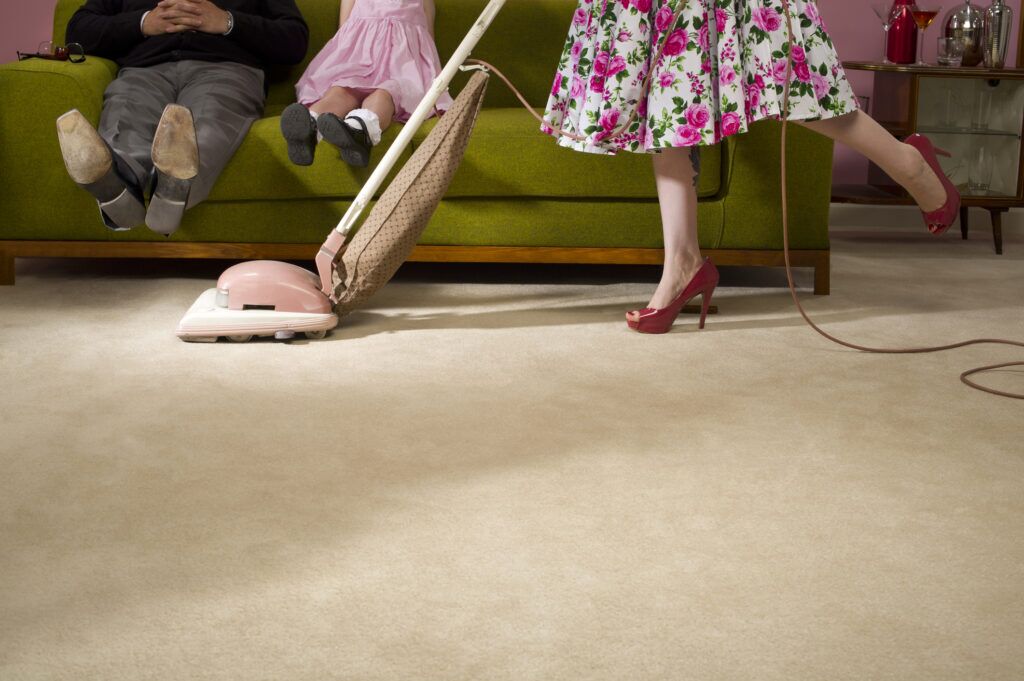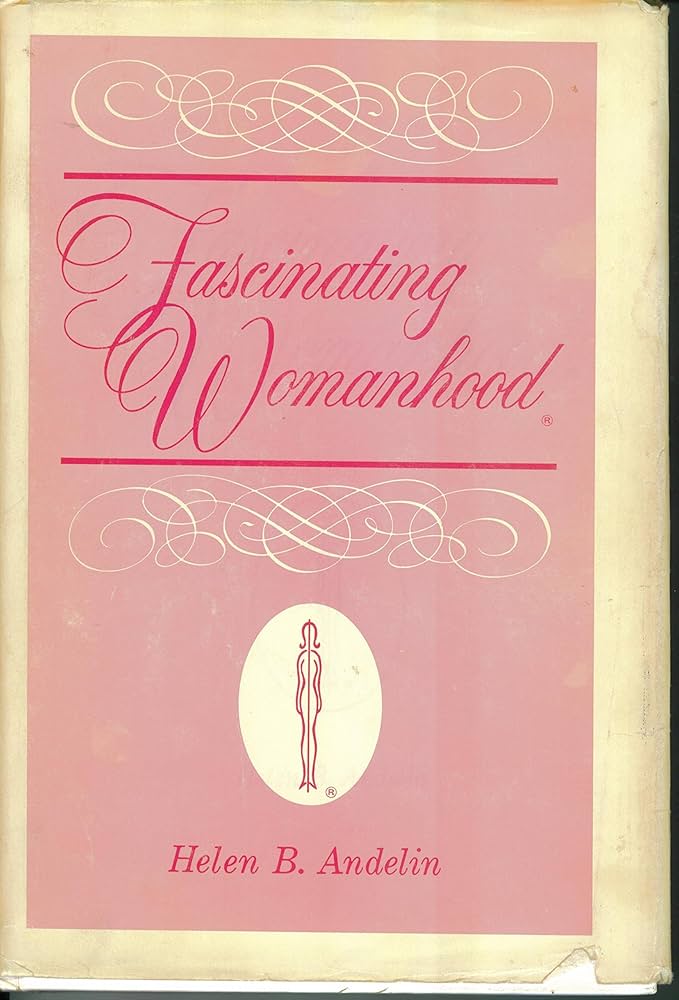Women are leaving the workforce in record numbers, childcare costs are skyrocketing, and the rise of tradwife culture and old-school patriarchy is making it even harder to get ahead.
It’s time to talk about women’s economics with attitude. It’s time to laugh at what is often absurd and call out what is dangerous. By focusing on voices not typically part of mainstream man-to-man economic discourse, Women Unscrewing Screwnomics will bring you news of hopeful and practical changes and celebrate an economy waged as life—not as war.
Defense Secretary Pete Hegseth—whose mother once called him an abuser of women—settled a sexual assault “blackmail effort” with a $50,000 payment, out of “fear of the MeToo movement,” according to his lawyer. His victim underwent a rape kit exam and reported she thought she’d been slipped a drug in her drink. The hospital reported this to the police.
Hegseth would have us believe he’s repented.
But then, earlier this month, he reposted a video on social media with his endorsement “All of Christ for All of Life,” featuring clergy from the Christian nationalist church Communion of Reformed Evangelical Churches (CREC), led by pastor Doug Wilson. That was how we learned the guy in charge of U.S. troops and nukes was listening to self-appointed holy men who believe recognizing women’s constitutional right to vote was “a bad idea.”

CREC believers say public leadership is not women’s proper role. Wives must submit to their husbands. That’s why, Wilson explains, when CREC holds elections, votes are “ordinarily cast by the head of the household, husband and father—because we’re patriarchal and not egalitarian.”
If these ideas sound old-fashioned to you, they are … and they aren’t. CREC is rooted in 16th-century Calvinism but also connects to a contemporary movement called Christian reconstructionism. Its believers—Pete Hegseth among them—consider it a Christian duty to exercise “dominion” over every part of the world.
CRECer Doug Wilson, also a self-described white nationalist, made headlines recently on CNN, asserting “women are the kind of people that people come out of.”
Women have never lacked for this kind of male insight into the female experience. In fact, much of the literature from the 15th century on has addressed this topic of women’s purpose and correct behavior. And so has a great deal of women’s literature, whenever it wasn’t protesting a rigged game.
But no, Pastor Wilson. It’s not that simple. People don’t just come out of people.
This only happens when two people of the right types exchange vital fluids and chromosomes. One of the people grows larger, much larger, as a new zygote divides to become a blastocyst, to become an embryo, transitioning into a fetus, growing throughout nine months of nausea, back pain and various health complications—finally “coming out” only with great difficulty.
This involves hours of efforts with bony heads wider than vaginas, wrenching womb squeezes, bursts of blood and water, loud screams from both parties involved … and after all that (and only if you’re lucky), all you’ve got for your troubles is a tiny, helpless, hungry, toothless non-talker, who poops and shrieks at night when you’re trying to sleep.
For the next 20 or so years, those evacuated people who survive the “coming out,” will be on call 24-7. Doug Wilson calls this job “the chief executive of the household”—though it’s an unpaid and submissive “executive” he seeks for his patriarchy.
This month’s federal data shows the share of working moms with young children has been shrinking for most of this year. It’s dropped 3 percentage points since January to its lowest point in more than three years. From January to June, over 212,000 women left the workforce, reversing gains made post-pandemic. The decline is most notably among Black women and younger moms.
An article published by Motherly this month starts this way: “Childcare costs, rigid schedules and shrinking flexibility are forcing many to ask: How long can I really keep this going?”
What triggered this? The flexibility of remote work is declining, with increasing pressure to return to in-office work. Federal layoffs pushed moms out, too, and childcare costs make working expensive. Plus, there’s “a cultural shift” toward traditional gender roles, we’re told.
A persistent gendered pay gap helps to enforce moms’ second-class status in the job market. So does the notion that childcare provision is a gendered job, never a collective one. Excellent free childcare, like the Defense Department provides to its service members, is way too expensive for everyone else. Republicans have said no to that solution since Nixon vetoed the Comprehensive Child Development Act back in 1971.
He described it as “a communal approach to child-rearing”—which sounds nice to my ears, but Nixon called it “the most radical piece of legislature to have ever crossed his desk.”
It’s proof that if the people that people don’t come out of, have gotten a submissive and private household executive for free for about 5,000 years, you might want to keep it that way. But at this point in our economy, that’s fiscally impossible for a growing number.

The tradwife featured in this year’s books, magazines and social media, pretends to be something new and trendy.
Nara Aziza Smith‘s jaunty red gingham dress is fashionable proof, as are her daughters, Rumble Honey and Whimsey Lou, and son Slim Easy. Her example inspires. (It’s rumored she even makes water from scratch by melting ice cubes.)
When she decided to make her kids peanut butter and jelly sandwiches, she baked her own bread, boiled her own jelly, and ground her own peanut butter. Because this took her all day to do, while filming and editing for awestruck fans to view, the kids had some oatmeal for lunch.
But listen, Nara Aziza Smith has 4.7 million followers on Instagram and over 11 million on TikTok. She never looks anything other than gorgeous—same as Lucky Blue, her model icon husband, a Ken to her Barbie.

Nara Aziza Smith is the opulent front line of a wider, diverse trend, with players like Hannah Neeleman, a Juilliard-trained ballerina and tradmom of eight, now filming her Ballerina Farm in Utah for 9 million Instagram fans.
But as Sophie Elmhirst pointed out in “The Rise and Fall of the Tradwife,” the recent movement has variety and global reach: Canadian Gwen “The Milkmaid” Swinarton pivoted from making porn videos to the making of sourdough on TikTok to help mental health problems; Australian Jasmine Dinis sells Biblical womanhood affirmations and sends her followers to her Amazon storefront with its bakeware and vacuum cleaners; and then there’s American Estee Williams, whose cinched waist and “quasi-Marilyn Monroe with white-blonde waves” advocates for marital obedience.
Their varieties have prompted an outpouring of opinions, ranging from toxic to goddess, but they’re all driven by an algorithm. And ideally are making money.
Dinis wrote a guidebook to joining this world, The Road to 30K: A Stay-at-Home Mom’s Ultimate Guide to Growing Your Instagram. It’s only $14.99—a lot cheaper than college. But how many different loaves of bread can the world watch being made, much less actually bake?
It’s not new. Tradwives like Smith, Neeleman, Swinarton and Dinis have actually never not been present under the patriarchy, nipping at the heels of every woman born without money or with different ideas. The angelic tradwife is an icon as old as dirt. It’s not safe to ignore it.

Joan of Arc was burned at the stake for wearing the wrong clothes and doing the wrong job. The Holy Madonna, queen of heaven and earth, produced godly fruit of her womb but was never made goddess herself. The “queenly people that royalty came out of” had to pop out princes, die or be banished. Even our own Martha Stewart went to jail for making false statements to federal investigators in connection with her sale of ImClone stock—yet never escaped from arranging flowers, cooking and talking in a sultry voice.
I took it as my duty to become that wished-for woman, and for years I served as family icon, breastfeeding, sewing my kids’ clothes, planting a garden, canning my own produce—until I couldn’t afford this any longer.
Way back in 1965, when my young husband was in Vietnam, I lived with my closest girlfriend, whose husband had also been drafted. Not yet 21, we decided to read the then-trendy Fascinating Womanhood by Helen B. Andelin—a tradwife if there ever was one. She sold millions of copies, thanks to lots of approving news stories, and gave advice like this:

“A man is by nature and temperament a born leader. … A woman, on the other hand, tends to vacillate.”
“Women need protection from work … not appropriate for the feminine sex, such as driving a truck, construction work, road work, or anything greasy or masculine. Some types of office work are inappropriate, such as executive jobs, management positions, police work or top political posts. “
“It’s better to surrender your point of view to a man than win an argument. It’s more feminine.”
This kind of quiet jingoism is exposed by that little slip about “anything greasy or masculine.” But ironically, the rise of these “feminine” ideas arose while wages were being suppressed, no longer keeping up with productivity, instead growing billionaires.
My mom and my grandmother both worked at good-paying professional jobs long before it was cool or feminist. Working class and married, they still needed money. In an era of tradwife TV dominators like Donna Reed and June Cleaver, they suffered—often wishing out loud they could be stay-at-home wives, too. They said this because husbands expected it; they never did it.
I took it as my duty to become that wished-for woman, and for years I served as family icon, breastfeeding, sewing my kids’ clothes, planting a garden, canning my own produce—until I couldn’t afford this any longer. Like a large portion of the households of our country, there was no such thing as making-ends-meet on a single paycheck anymore.
I paid for an education to earn a decent income, and I enjoyed the paid work I did, as much as I loved being a mom. When my mother, by then a grandma, was promoted to corporate controller, I was very proud. But I’ll just bet you the corporation got her for cheap, just as the university where I became a professor, got me cheap. More recent data shows an even uglier truth: that increased numbers of women entering an occupation lowers prestige and wages for both women and men in that occupation.
Of course, Mom and I were healthy, middle class and white—an easier route than our Black, Hispanic and Indigenous counterparts faced. A deeper gendered gap in pay delivered more racism and stress. Yet seldom did working for money ever let any of our gender escape the “trad” job description, which writer Virginia Woolf defined in the 1920s as “The Angel of the House.”
A child-centered life is the trad-mom’s dream, and as one ABC video captured it, its reward seems a touch of angelic superiority when unburdened by thoughts of filthy lucre. But as this same video also shows, Dr. Karen Tag, a board-certified gynecologist, has been married for over 20 years and is the proud working mother of three kids—yet she reports that social media stalkers often will ask her, as well as other female doctors: Who’s watching your kids right now? Why did you have kids if you don’t want to take care of them?
“No one would ever ask a man that,” said Dr. Tag.
No. And neither would anyone suggest a white man shouldn’t vote. Let that be a wakeup. It’s time we all bang our families’ pots and pans out in the streets, in a revolution like Iceland’s. Demand livable lives: a 30-hour work week for 40-hour catch-up pay, flex time, four weeks of vacation, subsidized childcare, family leave and sick time, Medicare for all, and an annual bonus for daring to raise kids at all, with increased education funds too.
Expect to hear hysterical screams about that, and judgements from holier-than-thou trad-dads. You know—those people that tyranny comes out of.
Great Job Rickey Gard Diamond & the Team @ Ms. Magazine Source link for sharing this story.





